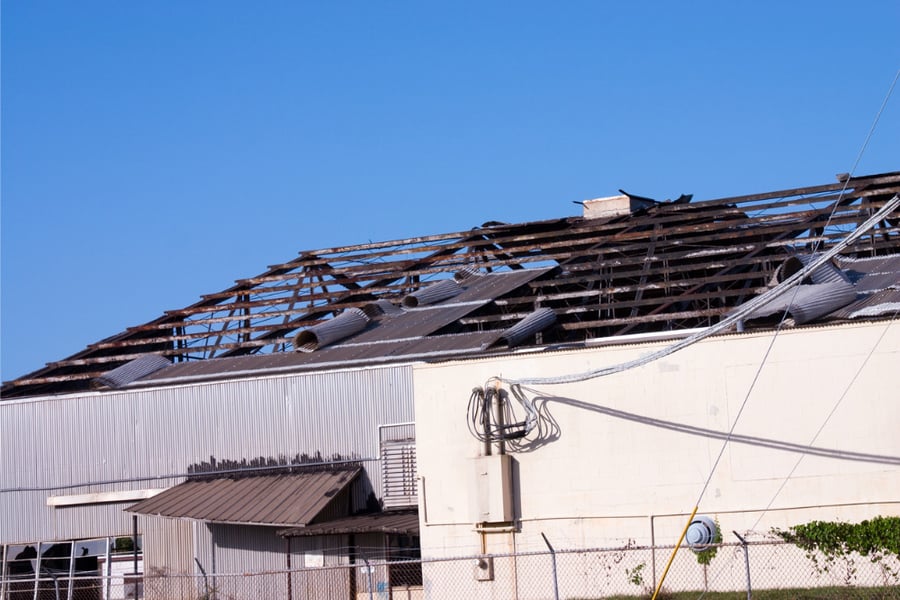Storm-surge damage can cause additional losses for homeowners and lenders

With hurricane season officially starting this month, mortgage delinquencies and possible mandatory evacuation amidst the coronavirus pandemic threaten cities at high risk of storm-surge damage.
Approximately 7.4 million homes – with over $1.8 trillion in combined reconstruction cost value – are at risk of storm surge, according to the CoreLogic Storm Surge report. States under stay-at-home orders or strict social distancing guidelines face challenges in developing new logistical measures to recover from natural catastrophes.
“If a hurricane causes significant storm-surge damage during a time when mortgage delinquencies are already high, this could result in additional losses for homeowners, lenders, and insurers – and ultimately, delay economic recovery for impacted communities,” CoreLogic Chief Economist Frank Nothaft said. “For example, our analysis shows that three months after 2018’s Hurricane Florence made landfall, serious delinquency rates had doubled in major metros affected by the storm."
Cities devastated by COVID-19, including Miami (5.1%), New York (4.7%), and New Orleans (6%) saw higher mortgage delinquency rates in February – well above the national average rate of 3.6% and two months ahead of the spike in US unemployment. These three metros were also near the top of the list for storm-surge risk for single-family homes, with Miami ranking first, New York at second place, and New Orleans at fourth.
“Storm surge has historically been the deadliest and most destructive hazard we deal with,” said Thomas Jeffery, principal, science and analytics at CoreLogic. “Now, with hurricane preparedness and response logistics potentially compounded by the pandemic, it has never been more important to pay attention to storm warnings and prepare for the possibility of hurricanes making landfall this year along the Gulf and Atlantic coasts.”



